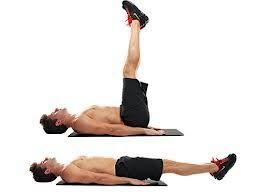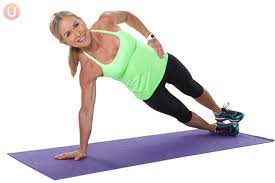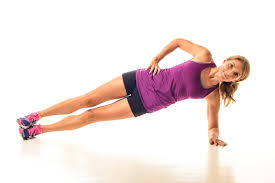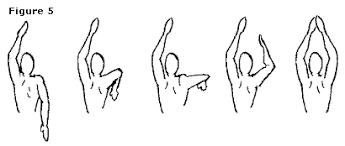This will be my last post because I am no longer able to swim without paying for a gym membership. I know that the past couple posts seemed kinda rushed, and they were because on Saturday, May 11th, we had our last swim meet of the semester and because of that, we no longer have swim practices; so I was trying to get out some of my favorite sets for you guys.
I hope you have enjoyed this several month journey with me on becoming a competitive swimmer again, and hopefully, in the fall, when I am back on the University of Delaware campus, I will start up my blog again for you guys so that you can continue to become a competitive swimmer.
Several posts ago, I talked about tapering. You shouldn’t taper for every meet. Like this senior meet was just a gag meet. It’s like a high school sport senior night event where you honer your seniors for graduating. So I did not end up tapering, instead, I did some intense long workouts like you have seen in the past couple posts.
The last practice I did before the senior meet was a really long one. I got the main part and part of the warm up of this set from the MySwimPro app and I go the warm up set from my friend so I cannot take credit for either of them. But this set will take longer than two hours so I hope you decide to do this set when you have a lot of free time because it is mainly designed to build your endurance.
Before I write the set, you should know three terms: Negative split, Descend, and Best Average.
Negative Split is when you make the second half of your swim faster than the first half. So for example, in this set, there will be a 500 negative split. A 500, if you recall, is 20 laps. So the second ten laps should be faster than the first half. Say you put 80% effort in the first ten laps, then use 90% effort in the second ten laps
Descend means that each repeat you do should be faster than the previous one. So for example, in this set, you will be doing 5 x 100 Descend. The first 100 should be roughly 80% effort, the second one should be 85% effort, the third should be 90% effort, the fourth should be 95% effort, and the last should be 100% effort. You can break it up however you want as long as the next one is faster than the previous one.
Best Average means that you hold one speed. So for example, in this set, you will do 6 x 50 best average. Say I am doing this set, and I do the first 50 on 27 seconds. That means it should be my goal to complete the last 5 by going 27 seconds or faster, not slower.
So now here is the set:
Warm Up:
1000: 400 Free, 300 IM K/D/S, 200 Stroke (best stroke no free), 100 Free No Interval.
10 x 100 Kick on 1:50
12 x 50 IM Transitions (Fly/Back)(Back/Breast)(Breast/Free) Repeat 4 times on :55
Drill Set:
4 x 50 Overkick Free Drill on 1:00 (kick fast, slow arms)
4 x 50 Fist Free Drill on 1:00 (Swim Free with hand in a fist)
4 x 50 Catch Up Drill on 1:00 (How to do catch up drill was in previous post)
Main Set (Repeat 2 x)
4 x 500 Negative Split Free on 6:40
5 x 100 Descend 1 to 5 Free on 1:30
Post Sprint Set (Repeat 2 x):
1 x 200 Negative Split Free on 2:50
6 x 50 Best Average Free on 1:00
Warm Down:
Swim for 5 minutes and relax your muscles.
I hope you like this set, I hope you will use my sets in the future, and I wish you all the best of luck in your aim to become a faster swimmer. Hopefully when I come back onto the University campus, I will start up my blog again for you all. Goodbye.


















